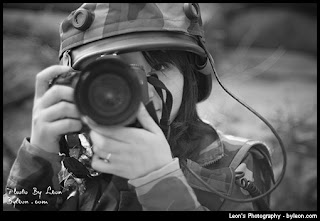Former British war correspondent Kate Adie believes the 21st Century's 24-hour news cycle has rendered the frontline reporter all but dead. Does this mean 'new media' is saving journalists' lives?
Today, in an interview with The Australian, Adie, who received fame for her coverage of the 1980 Iranian embassy siege in London says frontline reporting from the battlefield is a thing of the past.
Adie says today's television reporting of conflicts around the world is "more of a presentation exercise and the business of actually being the eye-witness and getting your own camera footage is pretty rare".
She says a lot of the frontline footage delivered to our smart phones and televisions is shot by locals on the ground with their mobile phones.
While Adie has the scars to prove just how dangerous frontline reporting can be (she carries shrapnel in her foot from her time covering the Bosnian conflict of the 1990s), it has always amused me how journalists appear to dramatise their own situation in close proximity to the battlefield.
Crouching behind a car or embankment, protected by a helmet and flak jacket, the frontline reporter typically gives one the impression that he or she is in imminent danger, risking life and limb to get the story.
Sure, there are plenty of credible stories from war correspondents who have done just that and sadly, some of them have paid the ultimate sacrifice in the process.
So with that in mind, it could be said that the news media's fall in demand for war correspondents may actually save a few journalists' lives. That's a good thing isn't it?

No comments:
Post a Comment